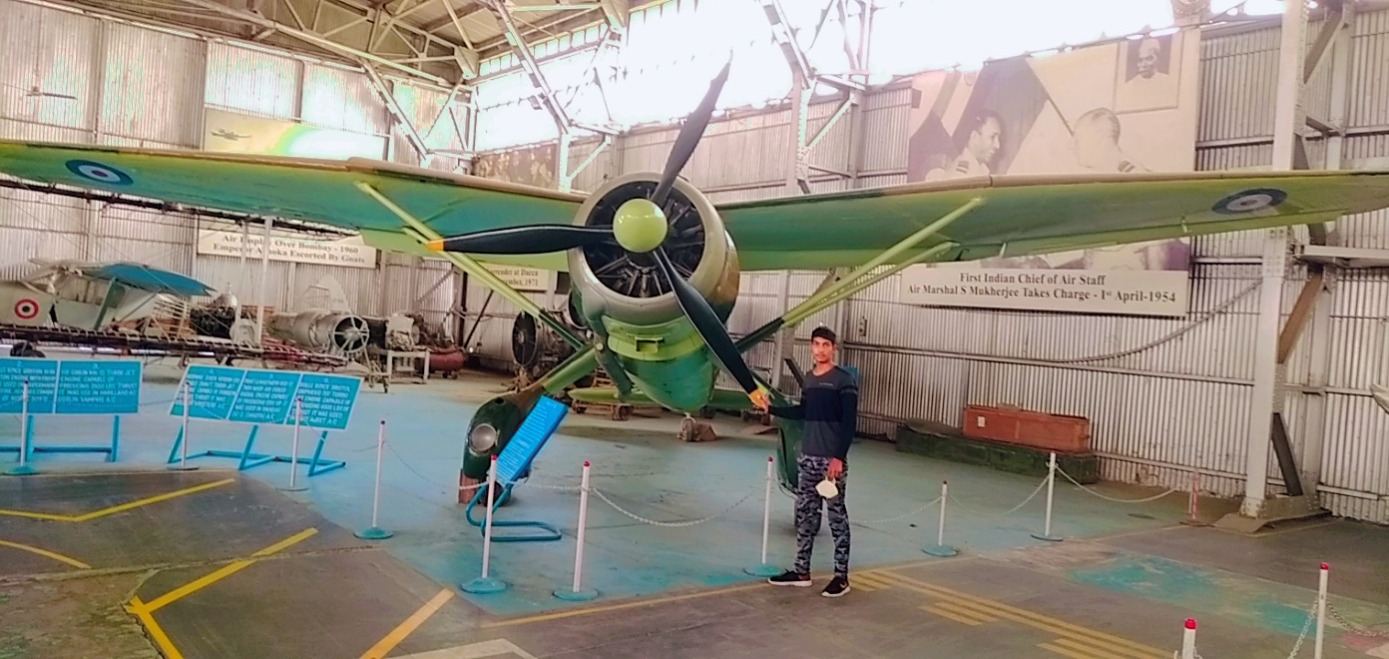There are no items in your cart
Add More
Add More
| Item Details | Price | ||
|---|---|---|---|
Fresh SSB batches starts around 1st & 15th of every month.
GD Topic: Diversity Challenges in India
Venue: 11SSB Prayagraj
🧭 IntroductionIndia is celebrated for its vast cultural diversity—spanning languages, religions, castes, and regional identities. While this diversity is a source of pride and strength, it also brings challenges that can lead to social friction. Among the most common diversity-related issues that spark conflict are:
While location and language contribute to diversity-related challenges, caste-based differences remain the most entrenched and volatile. Addressing these requires not just policy reform but a shift in societal mindset.
✅ Suggested Solutions
Sachin Jangir
AIR 128, NDA 152